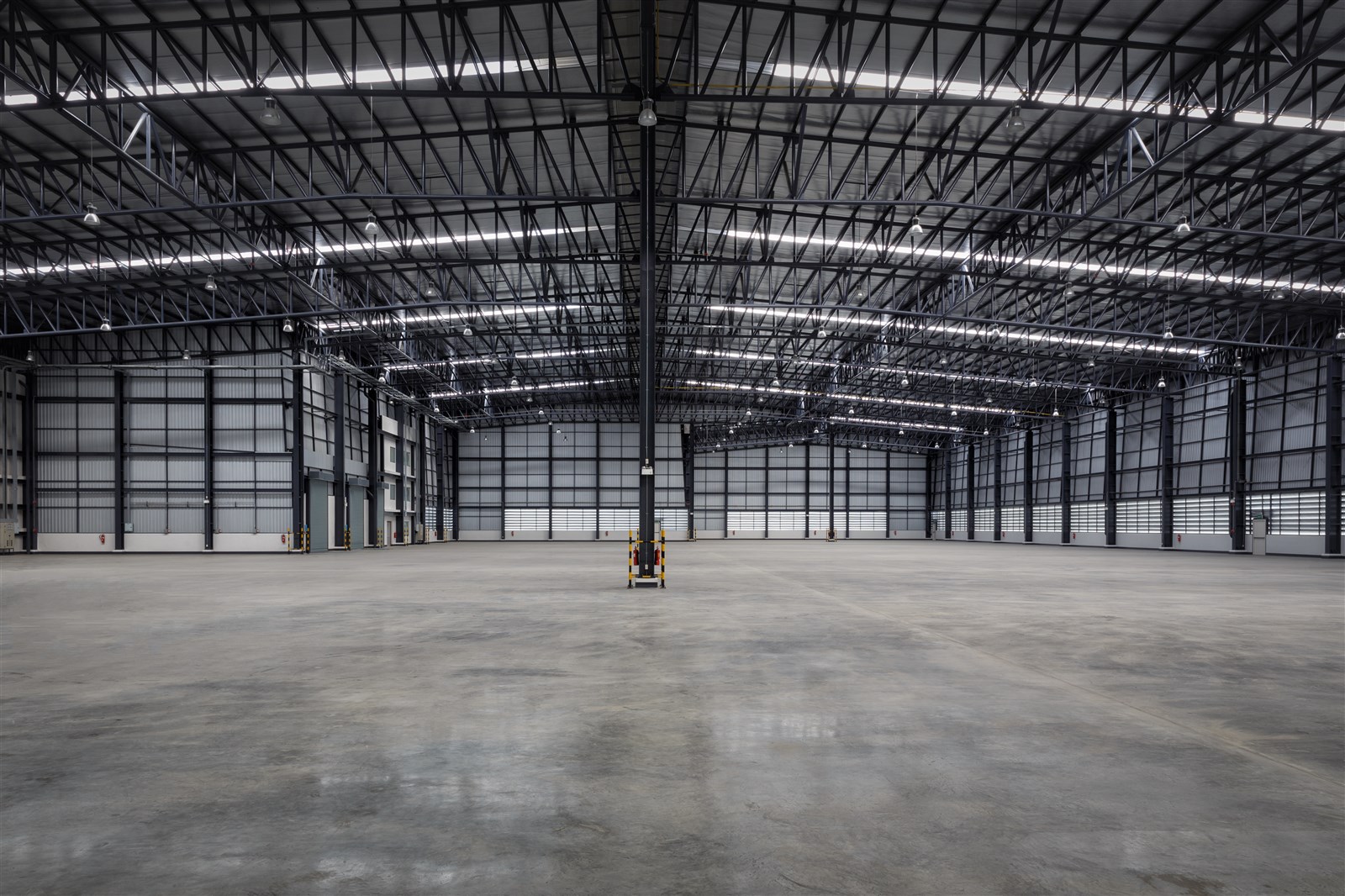Warehouse for production purposes-step by step

Very often, clients looking for a warehouse with a separate part for production come to us. Renting such warehouse space and adapting it to the needs is a process that is often much more demanding than renting space for storage. In this article we will try to show what are the challenges when renting such space and how the whole rental process looks like step by step.
Defining requirements
The first step in the search for warehouse space for production is the precise determination of the needs of both the client and production processes. It is critical to clarify all the requirements – in our work on many occasions we have encountered the situation that at the last stage of negotiations there were additional requirements that the client had not mentioned earlier and which the developer or owner of the warehouse space could not meet (due to the construction of the building or available installed powers, for example).
From a long list of questions, the following need to be answered at the stage of determining the requirements, among others:
– what installed powers are required for production equipment and machines,
– whether additional disposal of by-products generated as a result of production processes (e.g. steam, sewage) is required,
– whether flammable materials (ADR) will be used in production processes.
A proper description of production processes and a careful analysis of the demand will save time needed to find the right warehouse space.
Choice of location
Having specific production processes and understanding their impact on the environment, we can choose the location and choose from the entire pool of warehouse areas where such production will be possible. The barrier here may be, for example, environmental decisions that are possible to obtain in a given location (in case the logistics centre is adjacent to green areas or housing development). After selecting the facility, confirming the availability of space and the possibility of implementing the project in the selected location, we can proceed to the next step.
Technical design
To prepare the valuation of warehouse and production space, the developer will require the client to “draw” (fit) into the layout of the separated area. On the layouts of warehouse space delivered by the developer (most often these are Autocad files in DWG format), the persons responsible for production on the client’s side must draw the location of the production machines and mark the required connections. It is required for two reasons:
– knowing how and where the machines will be located, the developer is able to assess the technical possibilities and the cost of the required space adaptation,
– due to the provisions of Polish law, the production part must be additionally illuminated – it requires on the part of the developer most often additional skylights located in the building structure (roof or side walls).
Negotiating trade negotiations
In the event that the developer makes adaptation of warehouse space to the needs of the production client, we must reckon with the fact that the cost of renting such space will be higher than the standard warehouse space. The key indicator is then the period for which the rental of the facility is signed; the longer the term, the cost of adaptation is spread over a larger number of years. In the case of larger adaptations, the developer may require that the rental period be at least 5, and sometimes even 7 and more years.
Required permissions
The market standard is that if a BTS/BTO facility is built to meet the client’s needs, the developer compiles the required permits (environmental decision, for example) on its own. However, if an existing facility is adapted, it may happen that the tenant, must prepare on their own appropriate applications and obtain the required permits (this is then a prerequisite for signing a rental agreement with the developer).
Summary
Developers are happy to cooperate with clients looking for warehouse space for production. It is important to properly carry out the entire process, in particular, the full definition of requirements and needs of production processes. With full information, we are able to quickly and efficiently conduct the process of such a search.
